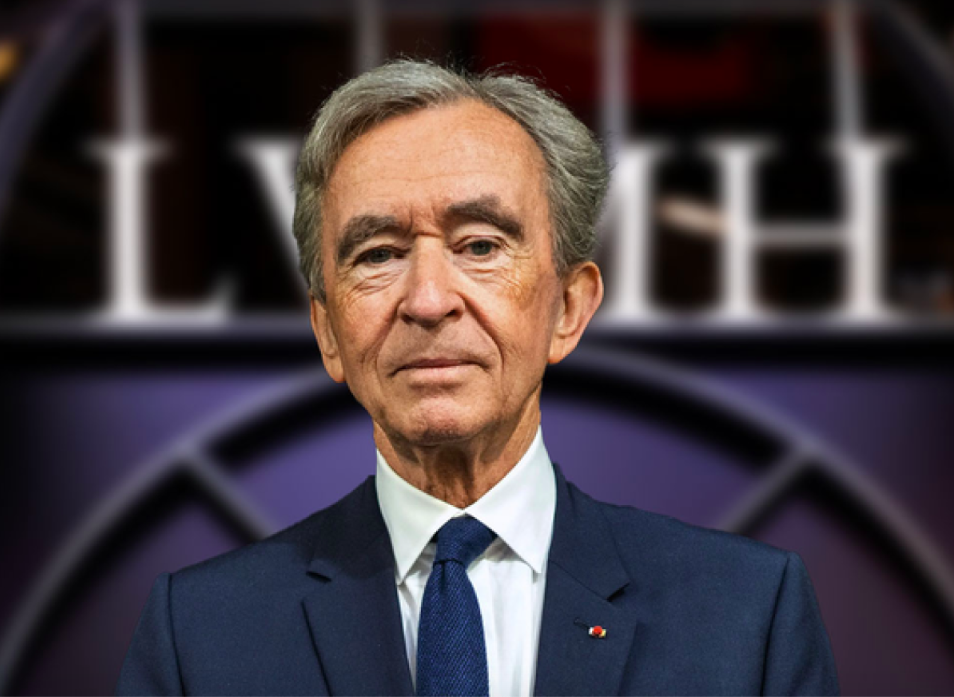In a bold move that reinforces his status as the global titan of luxury, Bernard Arnault, chairman and CEO of LVMH (Moët Hennessy Louis Vuitton), has orchestrated the acquisition of the prestigious Swiss watch brand Parmigiani Fleurier. The strategic purchase marks another milestone in Arnault’s ongoing expansion of the LVMH empire, particularly within the high-end watch segment—a key frontier in the luxury goods battle.
Parmigiani Fleurier: A Hidden Gem in Swiss Horology
Founded in 1996 by master watchmaker Michel Parmigiani, Parmigiani Fleurier has long been revered among connoisseurs for its dedication to traditional Swiss craftsmanship, innovation in design, and low production volumes that enhance exclusivity. Though not as commercially dominant as LVMH’s other watch holdings like TAG Heuer, Hublot, and Zenith, Parmigiani Fleurier has built a reputation for refinement and horological artistry, with a portfolio of highly complicated and bespoke timepieces.
The brand is also known for its vertically integrated production model, boasting five in-house manufacturers that produce nearly every component of its watches. This independence and control over quality have earned it a special place in the world of haute horlogerie—a perfect fit for LVMH’s strategy of owning every link in the luxury value chain.
LVMH’s Strategic Expansion in the Luxury Watch Space
The acquisition comes at a time when the luxury watch market is seeing a significant resurgence, driven by increased global demand, digital innovation, and a renewed interest in mechanical watches among younger collectors. LVMH, already a dominant force in fashion, jewelry, and spirits, has been steadily consolidating its watchmaking division to rival competitors like Richemont (owner of Cartier and IWC) and the Swatch Group.
By bringing Parmigiani Fleurier into the fold, LVMH not only adds a rarefied name to its portfolio but also gains access to cutting-edge manufacturing capabilities and a deeper foothold in the ultra-luxury segment. The deal is poised to enhance LVMH’s positioning in the high horology arena—an area where storytelling, heritage, and technical prowess are paramount.
Bernard Arnault: Architect of a Luxury Empire
This latest acquisition further cements Bernard Arnault’s reputation as the most powerful figure in luxury retail. Over the past few decades, Arnault has transformed LVMH into a global juggernaut with a portfolio of over 75 prestigious brands, including Louis Vuitton, Dior, Fendi, Bulgari, and Tiffany & Co.
Arnault’s business strategy combines careful brand stewardship with aggressive yet calculated acquisitions. His approach has been to elevate artisanal brands to global prominence while retaining their heritage appeal—a blueprint that Parmigiani Fleurier fits into seamlessly.
Market Impact and Future Prospects
While financial terms of the deal have not been disclosed, industry experts predict that the acquisition could spark a wave of consolidation within the high-end watch market as brands race to secure craftsmanship expertise, supply chain capabilities, and consumer loyalty.
For LVMH, Parmigiani Fleurier’s addition is not just about sales or volume—it’s a long-term play focused on prestige, craftsmanship, and innovation. The move will also likely enable deeper collaborations across LVMH brands and allow for the development of limited-edition, cross-branded collections that appeal to ultra-high-net-worth individuals.
As the luxury world continues to evolve, Bernard Arnault shows no signs of slowing down. With Parmigiani Fleurier now under the LVMH umbrella, the French billionaire’s influence on the time-honored world of Swiss watchmaking grows stronger—further cementing his legacy as the architect of the modern luxury empire.
